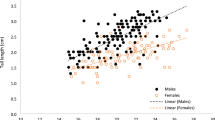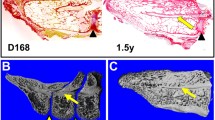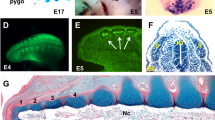Abstract
THE word ‘tail’ is used in the anatomy of the Craniata indiscriminately for two concepts: first, for the post-anal appendage, and secondly (especially in osteology) for the post-sacral region. While directing research on the anatomy of the Testudinata and other reptiles for many years past, I have often been struck by the unjustifiability and ambiguity of this usage and the confusion that results from it. Although in many vertebrates o the two regions commonly denoted by the term ‘tail’ may appear to be more or less co-extensive, careful observation reveals that they scarcely ever correspond with each other to such an extent as to be regarded as identical. The anus seldom if ever lies precisely at the hinder level of the sacrum. In some cases (testudinates, crocodilians, etc.) it is a longitudinal slit and may extend beyond the limits of a single vertebral segment, its anterior rim usually lying distinctly posterior to the hind face of the sacral (or the last sacral) vertebra.
Similar content being viewed by others
Author information
Authors and Affiliations
Rights and permissions
About this article
Cite this article
MAHENDRA, B. Conception of the Tail in the Craniata. Nature 152, 163–164 (1943). https://doi.org/10.1038/152163b0
Issue Date:
DOI: https://doi.org/10.1038/152163b0
- Springer Nature Limited





